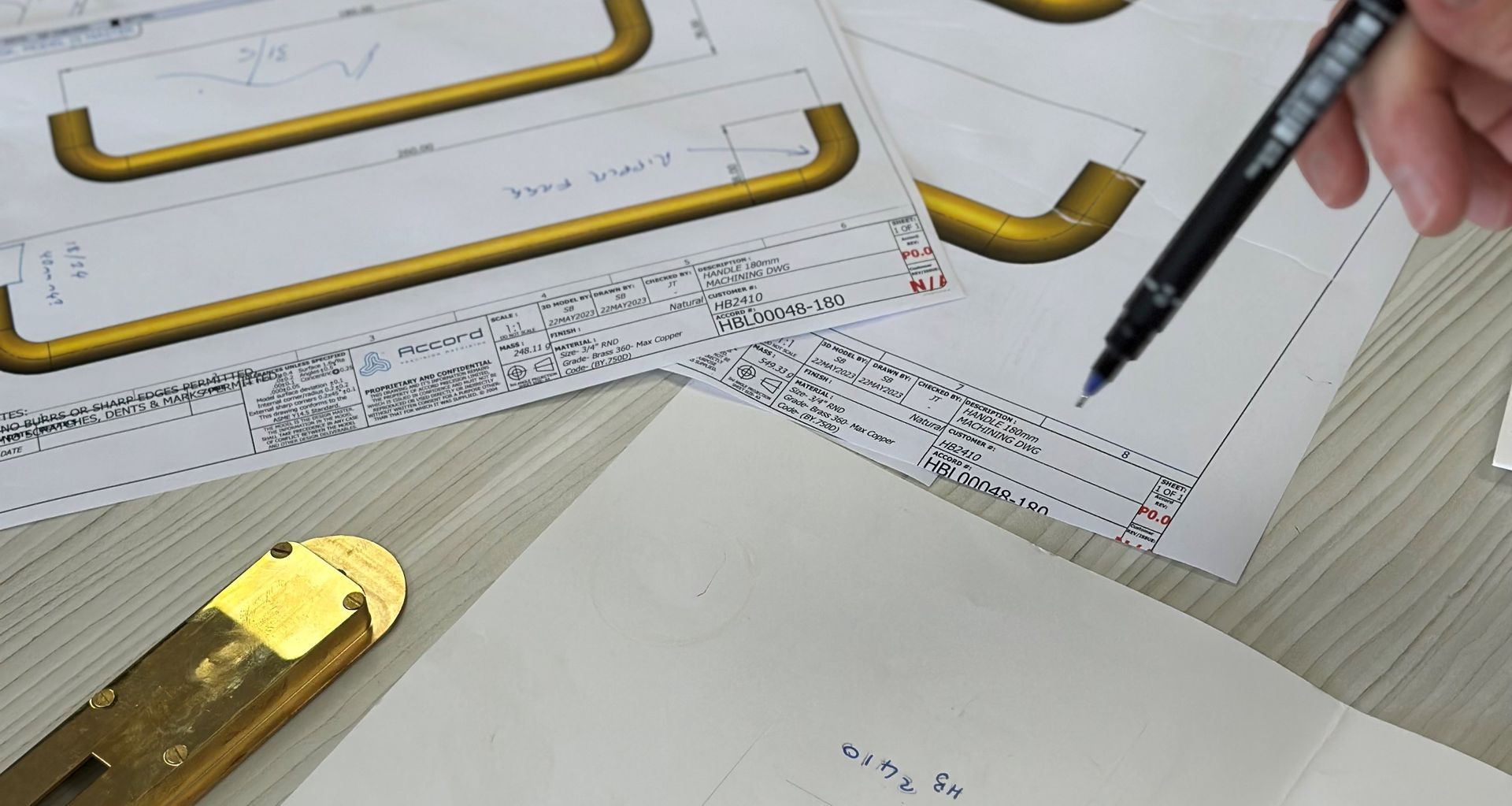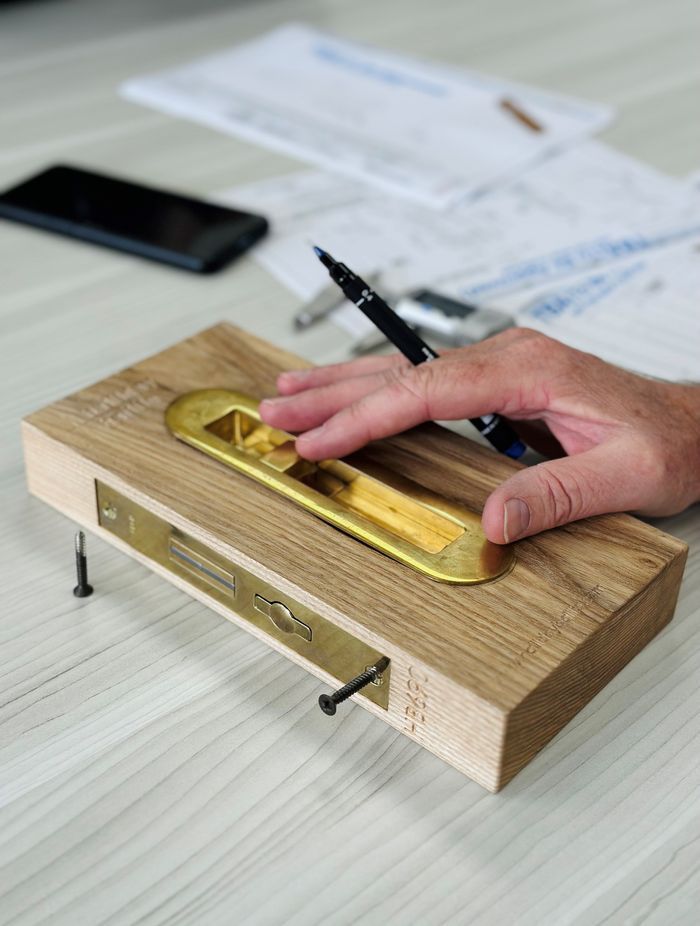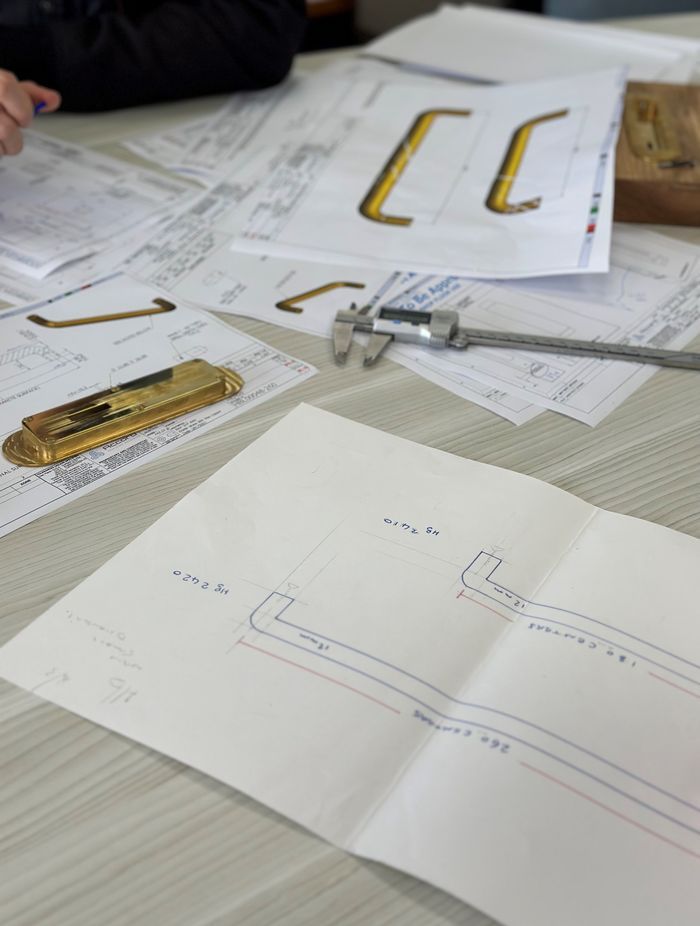How computer modelling is making specifying hardware easier than ever before
Written by
18 July 2023
•
3 min read

BIM or Building Information Modelling is nothing new in the architecture industry, where it has been used for years to digitally manage the creation and management of buildings and spaces.
As part of this modelling, products from paint, to cladding systems, to hardware can now be digitally ‘drawn’ in programmes such as Revit, and these files can be downloaded from online libraries directly into projects.
As well as basic dimension and colour information, these files can contain a huge amount of data including manufacturer, base materials used, warranties, compliance information, and the range of variants available.
Halliday + Baillie is now using this technology to get high quality information to architects and specifiers throughout the global construction industry.
“While BIM modelling has been around since the 1970’s, technological advancements and development of worldwide standards mean that these days millions of individuals and businesses use CAD programmes to digitally model, plan, design and construct projects,” says Halliday + Baillie Director Tiffiny Hodgson.
“While we always love talking directly to our clients, sometimes this is just not possible. With online BIM libraries we can still be connecting our hardware to design projects even when a face to face meeting is not available.”

BIM libraries are basically a digital version of a physical library, creating an online environment that stores manufacturers’ model files. BIM Objects and BIMsmith are both Revit (a programme used to design in 3D) libraries with global reach, and Halliday + Baillie is at the forefront of their industry, by engaging with these programmes.
“BIM Objects has over seven million registered users, which provides a platform for companies like ours easy access to a vast online marketplace.”
BIM highlights the kind of robust information that is required by architects, designers, and construction industry professionals, because when creating Revit files for BIM libraries, there are so many fields for information - many of them around sustainable design and manufacturing practices.
Uploading their products into BIM has revealed how well made their products are, says Hodgson.
“We are proud to make everything in New Zealand, and our hardware complies with some of the world’s most stringent compliance codes.”

Now that Halliday + Baillie's products are available through BIM libraries, specifiers have the ability to view or download what they need, when they need it, thereby creating time efficiencies and making the products easier to specify.
In addition, Halliday + Baillie can see how specifiers are accessing the information, which means they can help potential clients better navigate the tricky world of hardware selection, says Hodgson.
“Monitoring downloads and site visits helps us track how things like social media campaigns and product launches engage current and future clients. It also gives us the opportunity to respond quickly to changing client requirements and fashions in the marketplace.”
The move to digital has been unequivocally positive for Halliday + Baillie.
“With so much more of our daily activities carried out online these days, we are excited to be at the front of the pack in utilising this technology and able to offer it as one of the many ways we connect with clients.
Discover products by Halliday + Baillie